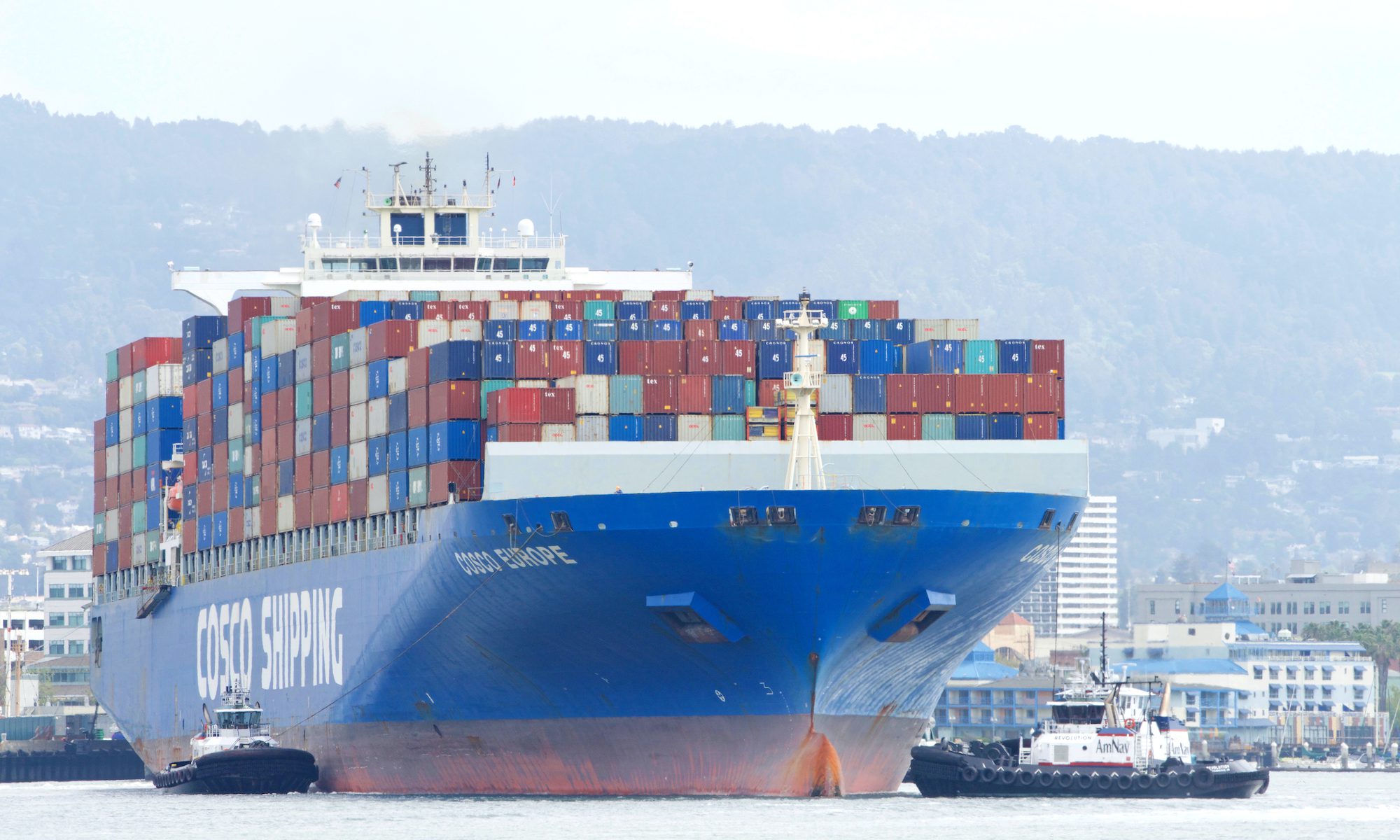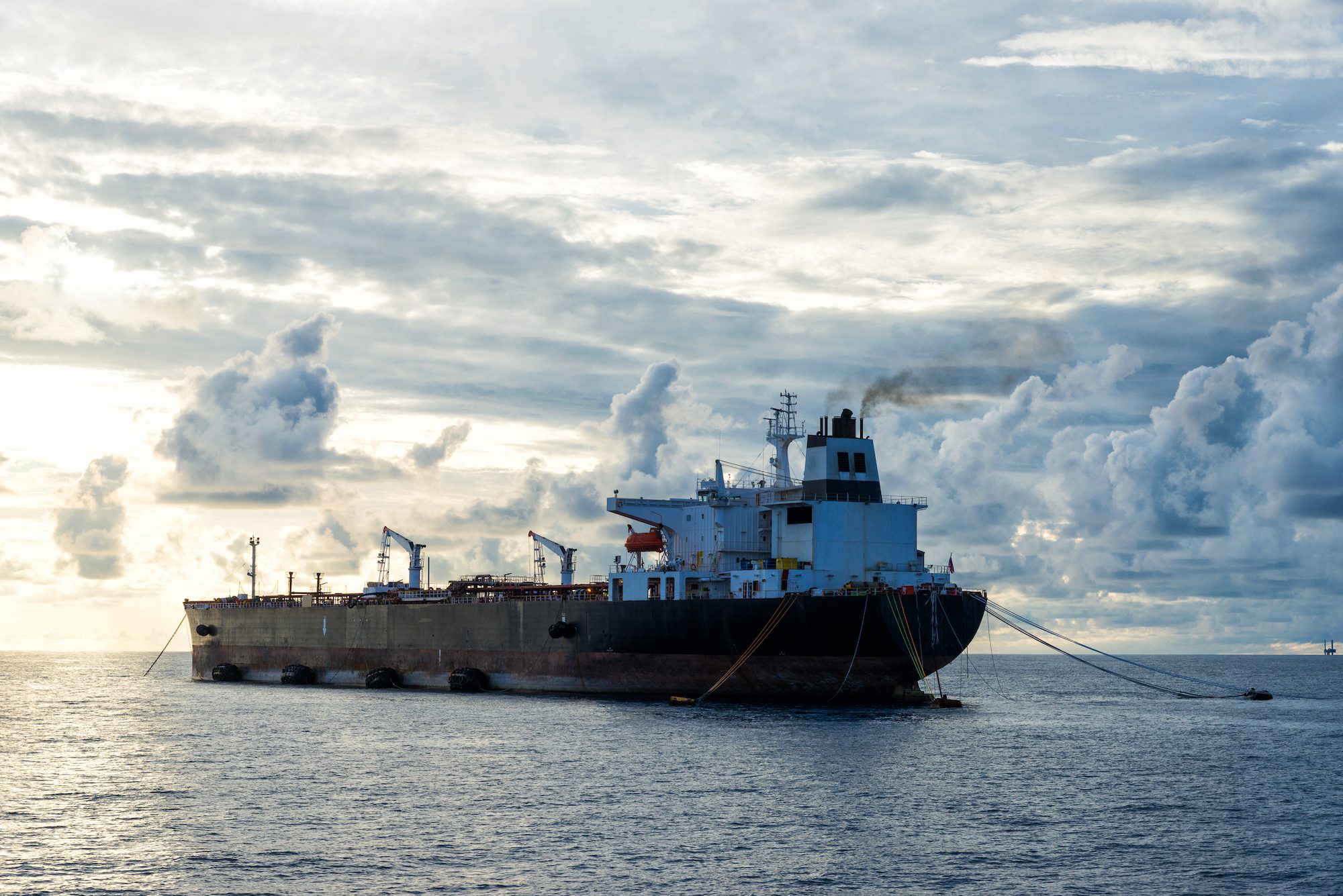By Mike Wackett (The Loadstar) –
Maersk has said that being a member of a vessel-sharing alliance (VSA) was “not compatible” with its global integrator aspirations.
And it sees the break-up of the 2M Alliance as “simply a transition from three to four networks”, as both MSC and Maersk decide to operate standalone services on east-west trades.
Taking questions during the company’s full-year and Q4 results presentation yesterday, CEO Vincent Clerc said he did not expect the end of the 2M VSA to induce a “role of musical chairs that has been talked about, with everybody trying to find new partners”.
He said: “Today there are three major networks on the east-west, in the future there will be four.
“The future for us is not to have ocean as a separate business to logistics, but to have our ocean business fully integrated into our logistics business. And in order to do that, we need to have a much higher level of operational control of the service that we deliver to customers,” explained Mr Clerc.
“The quicker we get there the more it allows us to accelerate the integration and move away from this commodity game we are in, which, we can see very clearly now, doesn’t lead anywhere.”
Mr Clerc admitted that the 2M notice period to January 2025, if allowed to run the full term, would “slow down a little bit” its integrator plans, but indicated there would be discussions with MSC on “some of the measures we could implement within the alliance that would allow us to test and progress what we are trying to do here”.
Meanwhile, with its sea freight revenue declining rapidly and 2023 contract rates “trending towards spot rates”, there is renewed emphasis on controlling costs. Maersk said it was preparing to take an impairment and restructuring charge in the first quarter, of $450m, related to restructuring costs associated with the retirement of its brands, including liner Hamburg Süd and shortsea operator Sealand.
Maersk Sees Global Trade Contracting in 2023
To cut operating costs, Maersk was “re-implementing slow steaming” on most of its network, said Mr Clerc, after sailing at near maximum speed in 2022, “as we were always trying to catch up on delays”.
He added: “The goal for us on costs is that we roll back the inflationary pressures. Since the market is going to be flat, our ambition is to deliver flattish volumes, and we will make a few adjustments to the size of our fleet.”
He said pre-pandemic, Maersk’s fleet capacity was 4.1m teu, but the carrier had now grown to around 4.3m teu, and Mr Clerc said it “will need to decrease it a little bit” to meet the reduced demand.
According to Alphaliner data, Maersk currently charters-in 354 of its fleet of 699 vessels, for a capacity of 1.65m teu.
Maersk said it expected to see “a gradual recovery” in demand in the second quarter, following inventory corrections, before a return to normalisation in Q3.
“The margins will suffer a little bit in the first couple of quarters, but then they will come back,” said Mr Clerc.
The Loadstar is known at the highest levels of logistics and supply chain management as one of the best sources of influential analysis and commentary.

 Join The Club
Join The Club










